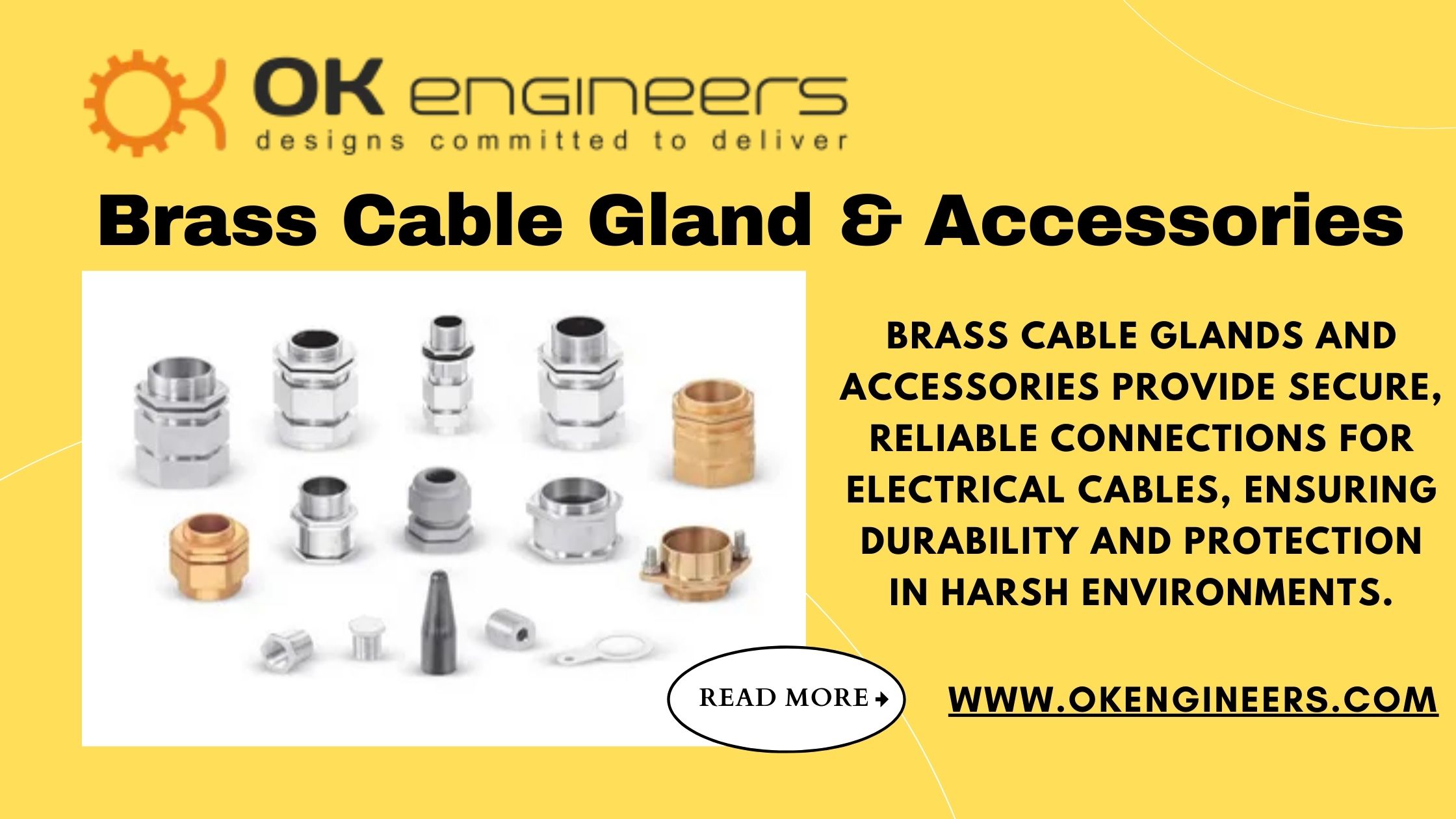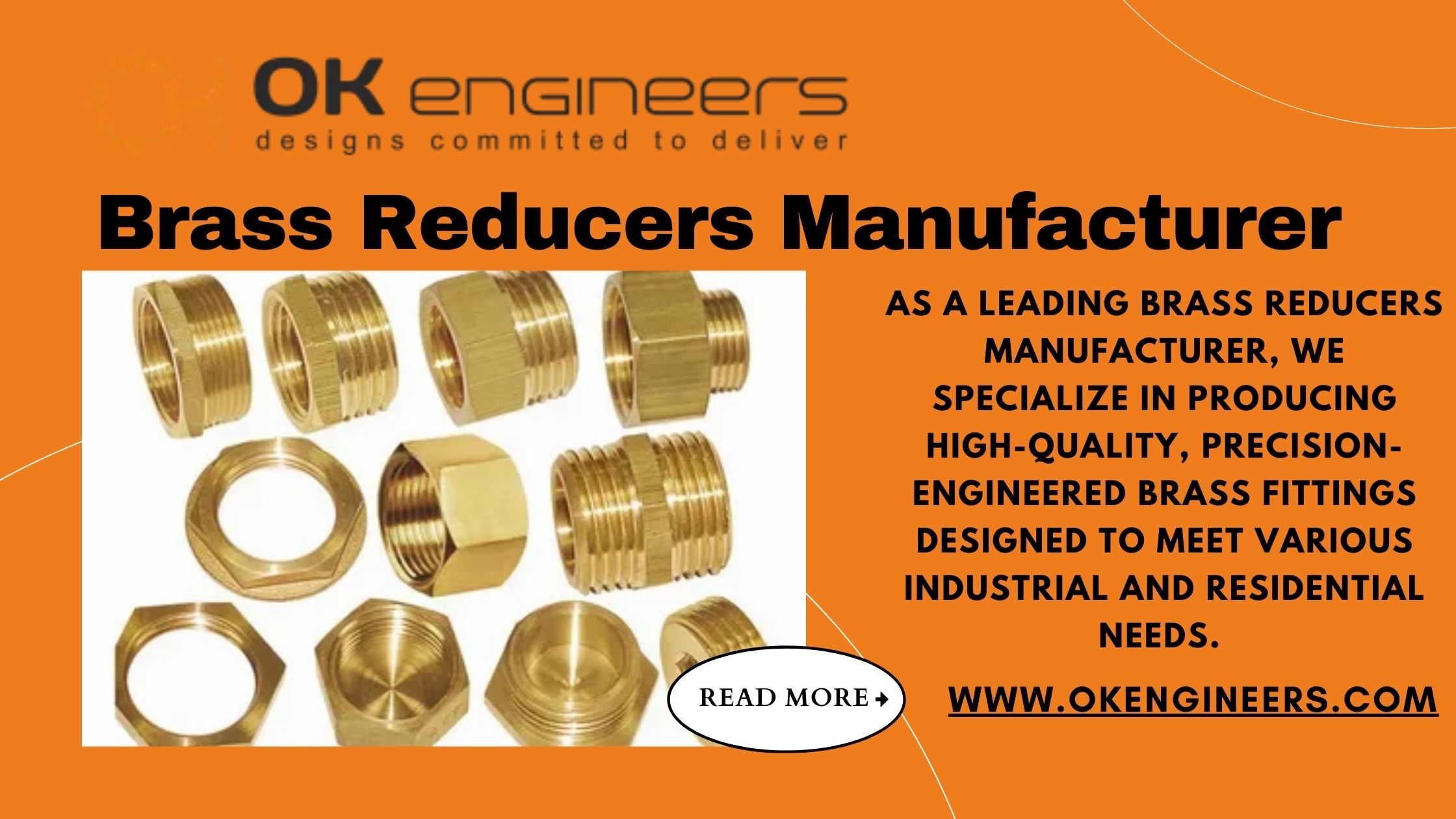 Social Media Content Packs – Stay Active Without Lifting a Finger!
Social Media Content Packs – Stay Active Without Lifting a Finger!
Steel Components: Essential Elements in Modern Manufacturing
Written by okengineers » Updated on: June 17th, 2025

Steel Components play a pivotal role in a wide array of industries, from construction and automotive to aerospace and electronics. Known for their strength, durability, and versatility, steel components form the backbone of numerous applications, ensuring the integrity and efficiency of products across various sectors. This article explores the significance, types, and manufacturing processes of steel components, as well as their importance in the modern economy.
What Are Steel Components?
Steel components refer to parts and products made primarily from steel, an alloy consisting mainly of iron and carbon. Steel's properties can be adjusted by varying its carbon content or adding other alloying elements like chromium, nickel, and molybdenum. These components are used in countless products, ranging from small fasteners and tools to large structural beams and machine parts.
Steel components are vital in modern manufacturing due to their balance of strength, malleability, and cost-effectiveness. This makes them suitable for industries where both high performance and economic feasibility are essential.
Key Industries Using Steel Components
1. Construction
Steel is synonymous with construction. From bridges and skyscrapers to residential buildings, steel components such as beams, columns, and reinforcing bars provide structural support. Steel’s high tensile strength allows it to withstand immense loads, making it ideal for high-rise buildings and bridges that require robust materials capable of withstanding natural forces like wind and earthquakes.
2. Automotive
The automotive industry relies heavily on steel components for vehicle frames, engines, and various body parts. Modern advancements have also led to the creation of advanced high-strength steels (AHSS), which improve vehicle safety while reducing overall weight, thus enhancing fuel efficiency. Steel is favored for its ability to absorb impact, making it critical for crash protection and passenger safety.
3. Aerospace
While aerospace applications often require lightweight materials like aluminum and titanium, steel is still an essential material for components that require exceptional strength and resistance to wear. Engine parts, landing gear, and fasteners in aircraft are often made from specialized high-strength steels.
4. Energy Sector
In the energy sector, steel components are used extensively in oil and gas exploration, wind turbines, pipelines, and nuclear reactors. Steel’s ability to withstand extreme conditions, including high pressure, temperature, and corrosive environments, makes it a reliable choice for critical energy infrastructure.
5. Heavy Machinery
Steel components are a staple in heavy machinery and industrial equipment, where strength and durability are non-negotiable. From excavators and cranes to manufacturing robots and machine tools, steel is used to produce gears, shafts, bearings, and other key parts that endure high levels of stress and wear over time.
Types of Steel Components
Steel components come in various forms, tailored to meet specific performance requirements. The following are some common types:
1. Structural Steel Components
Structural steel includes beams, columns, and girders, primarily used in construction projects to form the skeleton of buildings and infrastructure. These components need to meet strict standards for load-bearing capacities and durability, especially in environments prone to seismic activity.
2. Engineered Steel Components
These include high-precision parts like gears, shafts, and bearings used in automotive and industrial applications. Engineered steel components are often made from alloy steels, which combine various elements to enhance properties like wear resistance, hardness, and toughness.
3. Fasteners and Connectors
Steel fasteners such as bolts, nuts, screws, and washers are essential in countless industries. These small components hold together larger structures and assemblies, and they must be reliable to ensure the overall safety and integrity of the system.
4. Steel Tubes and Pipes
Steel tubes and pipes are integral to industries like oil and gas, plumbing, and construction. They come in various thicknesses and grades, depending on their intended use, with some designed to withstand high pressure or corrosive environments.
5. Forged and Cast Steel Components
Forged steel components are produced by shaping steel under high pressure, which increases the material's strength and toughness. These are often used in automotive and aerospace applications. Cast steel, on the other hand, is poured into molds and allowed to solidify, making it ideal for producing complex shapes that would be difficult to forge or machine.
Manufacturing Processes for Steel Components
The manufacturing of steel components involves several key processes, each tailored to the desired characteristics of the final product. The following are some common methods:
1. Casting
In casting, molten steel is poured into molds to create components of specific shapes. This process is typically used for larger or more complex parts that would be difficult to produce using other methods. After solidifying, the cast components are machined or finished to meet the desired specifications.
2. Forging
Forging involves heating steel to a malleable state and then applying pressure to shape it into the desired form. This method is often used for components that require exceptional strength and durability, such as automotive and aerospace parts.
3. Machining
Machining is a subtractive process in which steel is cut, drilled, or ground to achieve the desired shape and size. This is often used for precision parts that require tight tolerances, such as gears and shafts.
4. Welding
Welding is used to join steel components together, creating a solid bond between parts. Various welding techniques are used depending on the type of steel and the specific application, with some methods providing greater strength or resistance to corrosion.
5. Heat Treatment
Heat treatment is a process in which steel components are heated and cooled under controlled conditions to enhance properties such as hardness, strength, and resistance to wear. Common heat treatment processes include quenching, annealing, and tempering.
Advantages of Steel Components
1. Strength and Durability
Steel is renowned for its strength and durability, which are critical in industries where components must withstand high loads and resist wear over time. Whether used in construction, transportation, or heavy machinery, steel components provide long-lasting performance.
2. Versatility
The versatility of steel allows it to be tailored to specific needs through the use of different alloys and heat treatments. This makes it possible to produce steel components with a wide range of properties, from corrosion resistance to high toughness.
3. Cost-Effective
Steel is an abundant and relatively inexpensive material, making it a cost-effective choice for many industries. Its recyclability also adds to its economic advantages, as steel can be melted down and reused without losing its essential properties.
4. Sustainability
Steel is one of the most recycled materials on the planet. The ability to recycle steel components helps reduce the environmental impact of manufacturing, making it a more sustainable choice compared to other materials.
Conclusion
Steel components are integral to the infrastructure of modern life, playing an essential role in industries ranging from construction and automotive to aerospace and energy. Their unmatched strength, versatility, and cost-effectiveness make steel components indispensable in producing everything from small fasteners to massive structural beams. As technology advances, the importance of steel components is likely to grow, with innovative manufacturing processes and new alloys pushing the boundaries of what steel can achieve.
Note: IndiBlogHub features both user-submitted and editorial content. We do not verify third-party contributions. Read our Disclaimer and Privacy Policyfor details.
Copyright © 2019-2025 IndiBlogHub.com. All rights reserved. Hosted on DigitalOcean for fast, reliable performance.













